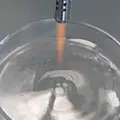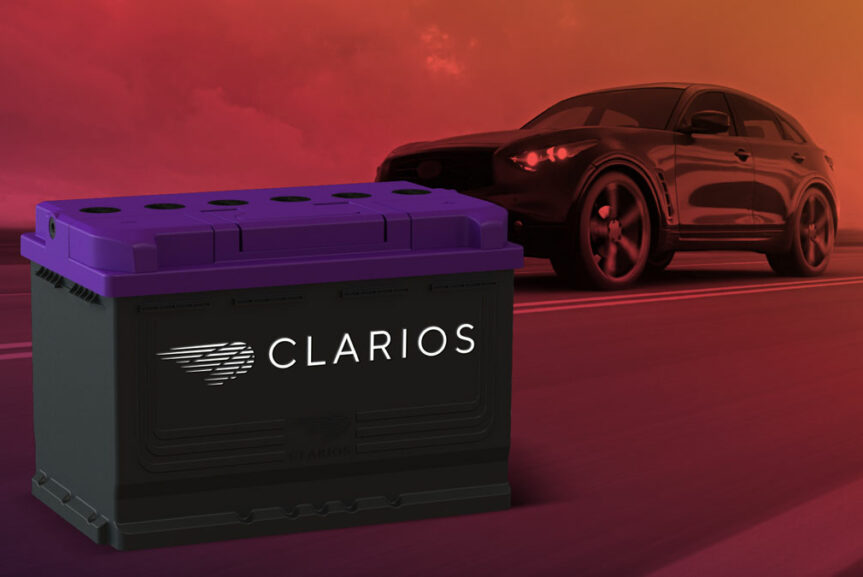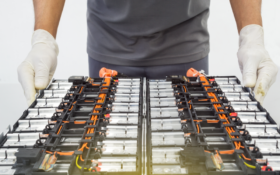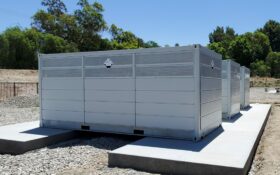A recent patent claims that adding a magnetic field to an electric double-layer capacitor increases its performance. How would this work?
There is an extensive history of claims for magnetic fields having special powers, and a great many devices or gadgets have been sold on that basis, usually for very specific purposes. Some claim to remove impurities from water by being placed around a pipe. Others wrapped around a car's gas line allegedly increase its gas mileage. Some patents describe adding a magnetic field to improve the performance of batteries. It seems logical on this basis . . .
to continue reading this article...
Sign up to any Premium subscription to continue reading
To read this article, and get access to all the Premium content on bestmag.co.uk, sign up for a Premium subscription.
view subscription optionsAlready Subscribed? Log In











